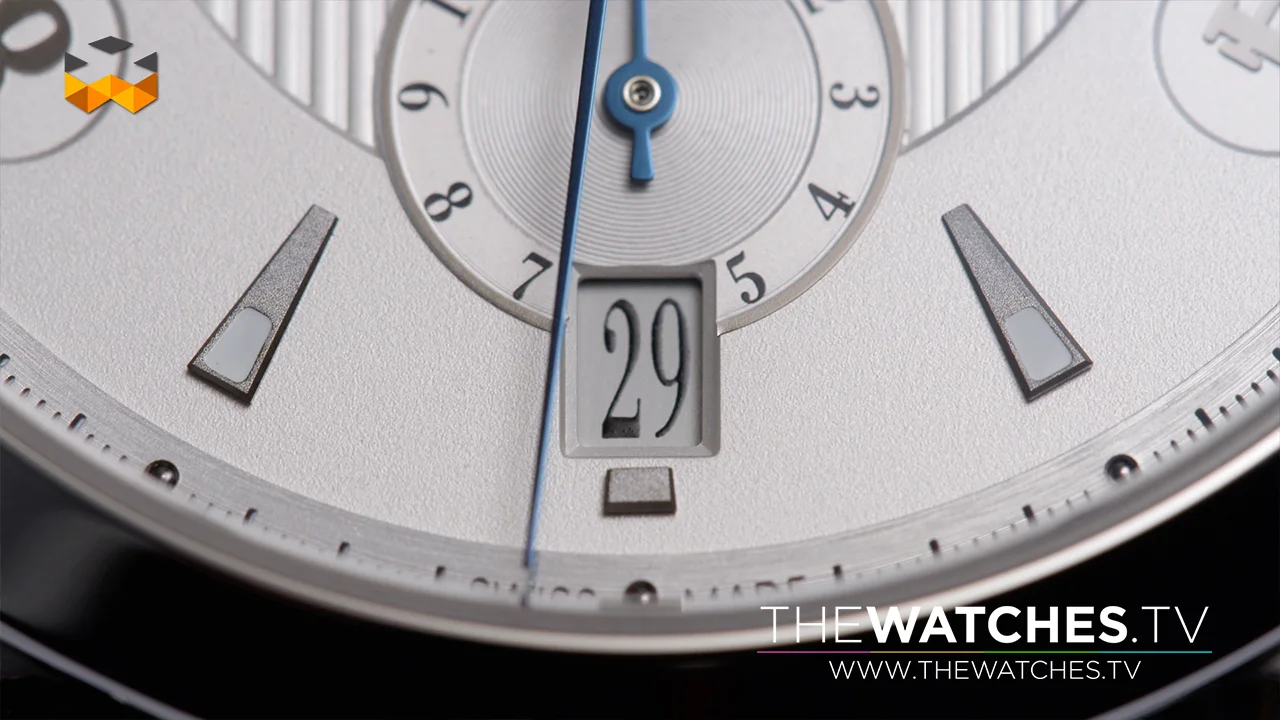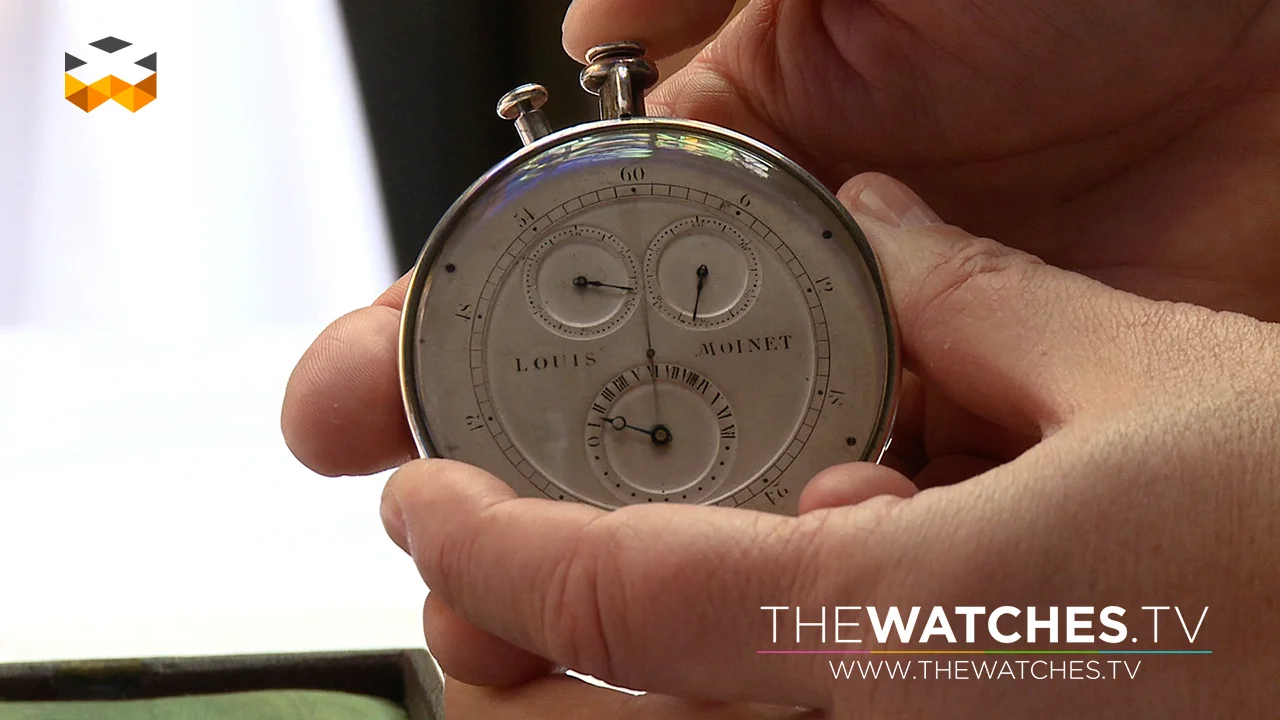Chronograph Saga 1 – Roots and Features
The chronograph is one of the most demanding complications to conceive and develop in watchmaking. Louis Moinet, also an astronomer, invented the chronograph for scientific purposes in 1816. He needed a highly precise instrument to measure the movement of the stars in the sky. He called his creation the “compteur de tierces,” in English “counter of thirds.” It was the first timing machine able to measure periods of time on demand. This masterpiece surprisingly appeared at auction in 2012 and was bought by the current eponymous brand. Its technical mastery astonished the watch community: indeed, this pocket counter can measure time to a precision of 1/60th of a second. This implies a movement frequency of 30 Hertz, a record-setter as the only other early chronograph this precise appeared one full century later: the Mikrograph invented by Charles-Auguste Heuer.
The word “chronograph” was coined with the next machine invented to measure periods of time on demand. In 1822, French horologist Nicolas Rieussec patented a machine that literally wrote its measurements. The system contained two horizontal discs, one for the minutes, the other for the seconds. Thanks to two ink dispensers, measurements were recorded by a drop of ink falling on each disc at the beginning and the end of the measurement. It was the Royal Academy of Science, who christened Rieussec’s invention “chronograph” by combining the Greek words chronos (“time”) and graphein (“to write”). The word has remained in use since then.
The chronograph is one of the most complex functions in mechanical watchmaking, even if that is somehow hard to believe considering how widespread a complication it is. The chronograph is actually the only high complication to attain such great success, though it shouldn’t come as such a surprise: decades ago, demand for it was high to time races, processes, medicinal measures, etc. For this reason, engineers have industrialized its production.
Today, the chronograph is far and away the most popular complication. Men in particular like the feeling of having a complex instrument with various counters and displays on the wrist. Some models have also become real icons in the world of watchmaking, sought-after by aficionados. These include the Daytona by Rolex, Omega’s Speedmaster, and the Navitimer by Breitling.
In this first episode of five comprising this “saga,” we introduce you to this underestimated horological complication.








